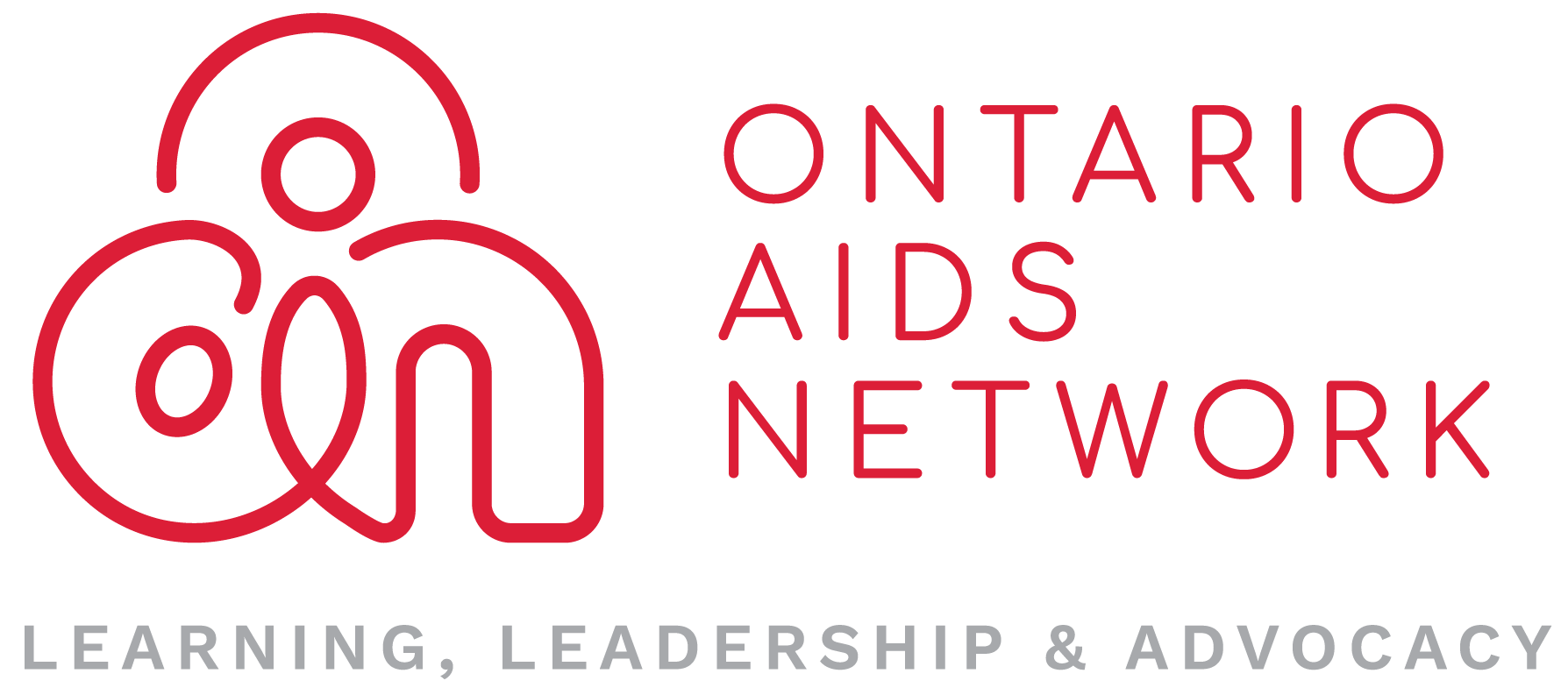Centering Race in Health Equity Advocacy: Lessons Learned
From, The Colorado Trust, A Health Equity Foundation
Social Policy Research Associates
This paper shares the story of the HEA Cohort’s efforts to live into its commitment to put race at the center of its health equity advocacy field-building work. It describes the rationale for centering race in health equity, the vision for the Cohort’s efforts on this front, the multi-level strategies the Cohort employed, Cohort progress within these levels, and the challenges and emerging lessons learned.
50 Actions Your Organization Can Take After Posting about BLM
By Vanessa Douyon, 54 Promises
This list is intended to serve as a starting point for leaders contemplating where to go from here and for staff members who are advocating and case-making within their own organizations. It also serves as a reminder that words and written statements, shared internally or publicly, must be accompanied by substantive action and change.
This list can help broaden the conversation as organizations think through what action to take. It is best used as a menu – pursuing the strategies that make sense for your people and context – rather than as a checklist to complete.
3 Ways To Decolonize Your Nonprofit As Told By A Black Queer Feminist Organizer
By Neesha Powell, Everyday Feminism
“Some of my most cherished moments have been at nonprofits, but unfortunately, I’ve also felt dehumanized and devalued by them. They can be hostile workplaces for People of Color (POC) due to the impacts of the nonprofit industrial complex (NPIC).
The NPIC is a system of relationships between the State, the owning classes, foundations, and nonprofit and social justice organizations that results in the surveillance, control, derailment, and everyday management of political movements, according to INCITE! Women, Gender Non-Conforming, and Trans people of Color* Against Violence.”
21 Signs You or Your Organization May Be the White Moderate Dr. King Warned About
By Vu, Nonprofit AF
“Regrettably, nonprofit and philanthropy have in many ways become one giant white-moderate sector. It is filled with good people who want to advance justice and help create an equitable society, yet we often get in our own way. We may have the same dreams as MLK, but so many of our good intentions serve to further the very injustice we claim to be fighting.
Here are a few ways you or your organization or foundation may be perpetuating this sort of well-meaning white moderation that’s preventing progress. This list, aggregated from colleagues across the sector, is not comprehensive. Also, all of us, including people of colour [BIPOC], are prone to many of these because this is what we have been taught. We all need to constantly examine ourselves and make adjustments.”
The Role of Senior Leaders in Building a Race Equity Culture
By Kerrien Suarez, Director, Equity in the Center, Washington, DC, USA
(a project of ProInspire)
“Across the social sector, a fundamental element of social impact remains missing: race equity. Race equity, the condition where one’s racial identity has no influence on how one fares in society, is essential to social change.
However, it is impossible until we address the structural racism that is entrenched, not only in our nation’s history and culture, but in the mindsets, policies, and practices of nonprofit and philanthropic management. This requires transformative change to these organizations, and to the sector overall.
As noted in Building Movement Project’s (BMP) report Race to Lead, only 20 percent of CEO/executive directors of social service organizations and the foundations that support them are people of color [BIPOC]. Furthermore, the common belief that bringing more people of color into the sector inevitably means that they’ll rise to the leadership level is a myth. BMP’s research confirmed that the talent pipeline is healthy, and that the desire for advancement among people of colour [BIPOC] is strong.”
Dismantling White Supremacy in Nonprofits: a starting point
By Jarell Skinner-Roy
The nonprofit sector is a special place, where passionate professionals are all-too-often overworked and underpaid at an organization that is likely under-resourced. While I’m hopeful that progress will continue towards improving this, these tough current realities cannot be an excuse for us to both ignore the prevalence of white supremacy in the nonprofit sector and refuse to put in the personal and organizational work necessary for its dismantling.
Even when the majority of us nonprofit professionals have big hearts, white supremacy is a well-oiled machine with a pernicious nature, fuelled by ignorance and undisturbed by good intentions.
The Bias of ‘Professionalism’ Standards
By Aysa Gray
Professionalism has become coded language for white favouritism in workplace practices that more often than not privilege the values of white and Western employees and leave behind racialized people.
In the workplace, white supremacy culture explicitly and implicitly privileges whiteness and discriminates against non-Western and non-white professionalism standards related to dress code, speech, work style, and timeliness.
We are taught to identify white supremacy with violent segregationist groups such as the Ku Klux Klan and their modern-day equivalents. Okun and Jones, however, introduce a different approach to thinking about white supremacy. In their definition, the term describes a series of characteristics that institutionalize whiteness and Westernness as both normal and superior to other ethnic, racial, and regional identities and customs. While people often don’t view this theorization of white supremacy as violent, it can lead to systemic discrimination and physical violence.
Black Canadians and HIV: How will it end?
“Racism is not a mere inconvenience, so we must insist that the plans and strategies to end HIV transmission address (rather than reproduce) the systemic conditions that fundamentally disadvantage us as Black Canadians. Otherwise, the “end” of HIV transmission may be a disaster for Black people – resources that are currently available to address HIV will have been shifted elsewhere while Black people continue to shoulder the epidemic.”
11 Anti-Racist Actions You Can Take at Work—Today and Every Day
“You might be wondering how you can be a better ally to Black and brown people in an environment where you spend a whole lot of time: work. Here are 11 practical actions you can take.”
What is Racism?
“Racism is different from racial prejudice, hatred, or discrimination. Racism involves one group having the power to carry out systematic discrimination through the institutional policies and practices of the society and by shaping the cultural beliefs and values that support those racist policies and practices.”
Dear Karen. How I stumbled into anti-Black institutional racism at Futurpreneur and why I can’t be silent
“An open letter to those Canadians in the entrepreneurial community who seek to be the change we want to see…and those who believe they are accountable but not racist. We are all racist. We need to start recognizing what progressive, polite racism looks like and be truly accountable.”
Three Signs your HIV/AIDS organization has a Racism Problem
Tokenism is simply a form of covert racism. Racism requires white people to maintain their power by exercising social, economic, and/or political muscle against people of color (POC). Tokenism achieves the same while giving those in power the appearance of being anti-racist and even champions of diversity because they recruit and use POC as racialized props.
Practical Ideas for Improving Equity and Inclusion at Nonprofits
“The journey toward greater diversity, equity, and inclusion has no fixed endpoint, but here are a few places to start. Acknowledging intersectionality—the reality that we live within a system of overlapping and interdependent privileges and disadvantages—is a first step toward truly addressing DEI. But how can we make acknowledging intersectionality a practice, and not just a conversation? We can start by making relatively simple changes that center our work at the intersection of race, gender, sexual orientation, ableism, and implicit bias.”

